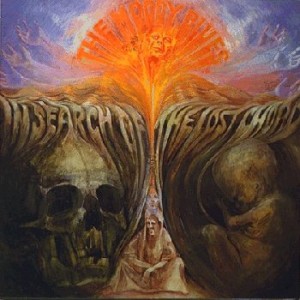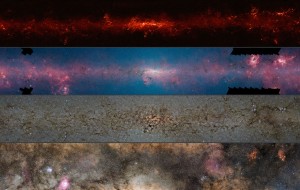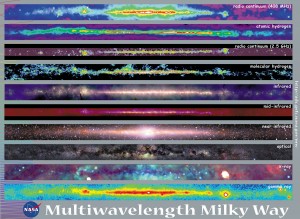Peter Lobner, updated 6 September 2024
In my 2016 post, “Remarkable Multispectral View of Our Milky Way Galaxy, “ I started by recalling the following lyrics from the 1968 Moody Blues song, “The Word,” by Graeme, Edge, from the album “In Search of the Lost Chord”:
This garden universe vibrates complete
Some, we get a sound so sweet
Vibrations reach on up to become light
And then through gamma, out of sight
Between the eyes and ears there lie
The sounds of color and the light of a sigh
And to hear the sun, what a thing to believe
But it’s all around if we could but perceive
To know ultraviolet, infrared and X-rays
Beauty to find in so many ways.
Well, NASA actually has done this thru their Sonification Project, which they explain as follows:
“Much of our Universe is too distant for anyone to visit in person, but we can still explore it. Telescopes give us a chance to understand what objects in our Universe are like in different types of light. By translating the inherently digital data (in the form of ones and zeroes) captured by telescopes in space into images, astronomers can create visual representations of what would otherwise be invisible to us. But what about experiencing these data with other senses, like hearing? Sonification is the process that translates data into sound. Our new project brings parts of our Milky Way galaxy, and of the greater Universe beyond it, to listeners for the first time. We take actual observational data from telescopes like NASA’s Chandra X-ray Observatory, Hubble Space Telescope or James Webb Space Telescope and translate it into corresponding frequencies that can be heard by the human ear.”
I hope you’ll enjoy NASA’s ” Universe of Sound” website, which includes sonifications of more than 20 astronomical targets, each with descriptions of the target and details on how the sonification was made. Start your audio exploration of the Milky Way galaxy and the Universe beyond here: https://chandra.si.edu/sound/
Good luck trying to pick a favorite.
Many of NASA’s sonifications also are available individually on YouTube. Here are two very different samples:
In September 2024, NASA released sonifications of three new images to mark the 25th anniversary of Chandra’s “First Light” image. Check out the story and enjoy the new sonifications here: https://www.nasa.gov/missions/chandra/new-nasa-sonifications-listen-to-the-universes-past/
For more information
- “REAL Images and “Chilling” Sounds of Space Accidentally Released by NASA,” (10.20 min), posted by Factnomenal, 31 August 2022: https://www.youtube.com/watch?v=R3haLocSmm4
- “A Quick Look at Data Sonification: Sounds from Around the Milky Way,” (1.12 min), posted by Chandra X-Ray Observatory, 22 September 2020: https://www.youtube.com/watch?v=rqigxT_ld4k
- “New NASA Black Hole Sonifications with a Remix,” NASA, 4 May 2022: https://www.nasa.gov/mission_pages/chandra/news/new-nasa-black-hole-sonifications-with-a-remix.html
- Will Sullivan, “Listen to the Center of the Milky Way Translated Into Sound,” Smithsonian Magazine, 27 November 2023: https://www.smithsonianmag.com/smart-news/listen-to-the-center-of-the-milky-way-translated-into-sound-180983309/


